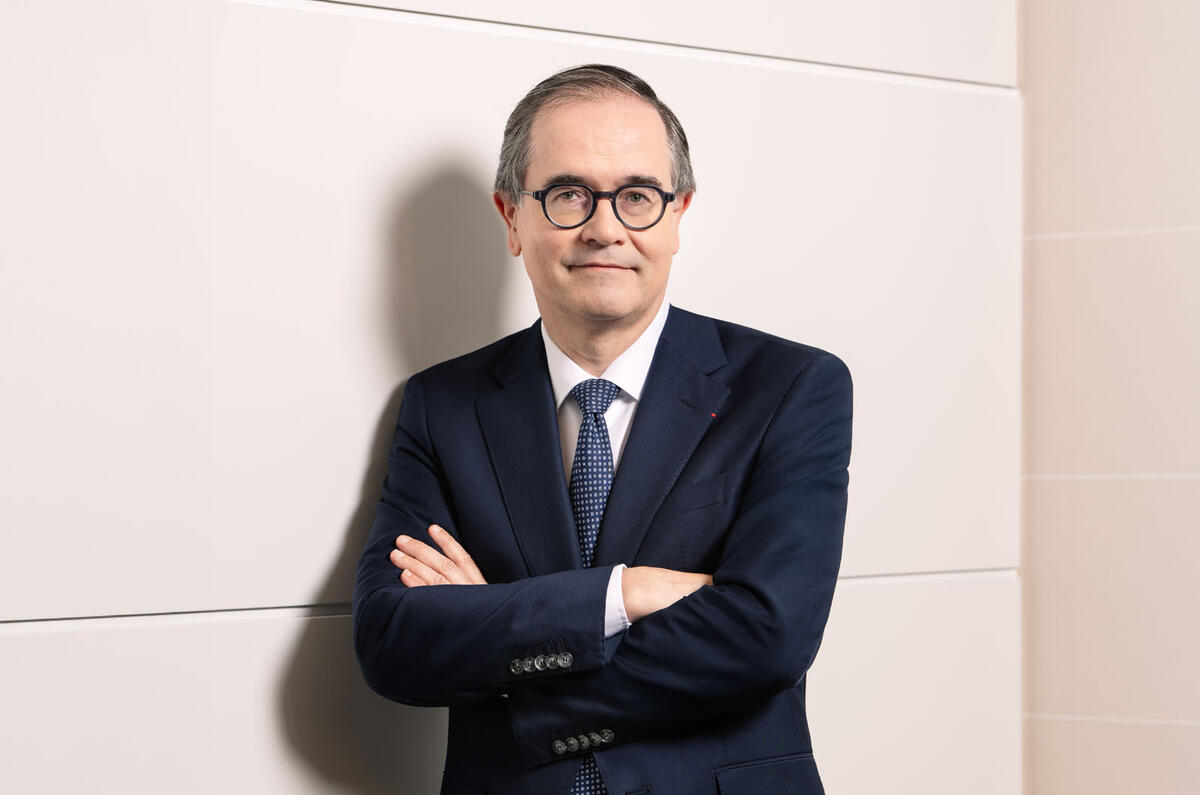It's rare for a new CEO to speak to the media in their first few months in the job, let alone weeks. But just hours after being announced as Luca de Meo’s replacement, new Renault Group chief François Provost fronted up for questions following the release of the French firm’s latest financial results.
A polished performance was dominated by a message promising consistency in delivering what de Meo had begun, albeit at an accelerated rate. No surprise there, given that Provost was an internal appointment and a close ally of de Meo. But don’t expect him to court the limelight in the same way.
The one question Provost half-dodged was how it felt to follow de Meo – the journalist who asked having gushed in his praise for the departed Italian. Keen to mark the start of his own era, Provost didn’t mention de Meo, saying instead that Renault now needed a CEO “to focus on strategy” in a turbulent market.
Sensing the question had gone unanswered, chairman of the board of directors Jean-Dominique Senard chipped in to say “diversity and variety” in leadership styles “brings positivity”. In other words, they have gone from one leadership style to another, which is fine with him.
Such wild swings in approach are becoming common in automotive. Provost talks of turbulence, and that is being felt in the boardrooms too.
At the Financial Times’ Future of the Car summit in May, Chris Donkin of executive search company Savannah said the average tenure of a FTSE company CEO was four years and three months, which is a churn rate of 8% per year.
As of May in automotive, that rate was 20%. De Meo and JLR CEO Adrian Mardell are among those who have gone since as the merry-go-round keeps spinning, and around one in 10 CEO jobs are vacant or being held on an interim basis.
Donkin said none of this was surprising, because the role of an automotive CEO is changing: “For well over 100 years, every CEO came from one of two places: the smartest engineer of their era or most commercially savvy financial guy. And they were all guys.
“The CEO today cannot be as Ferdinand Piëch would have been, as the smartest person in the room on the majority of the issues. Now, with the proliferation of issues a leadership team is dealing with, a CEO can’t be the smartest person in the room on more than a handful of topics.”
Instead, the automotive CEO role now is more akin to that of an executive chairperson, recruiting the very best team to lead various areas, leaving the CEO to have the “strategic dexterity to come up with novel solutions to all of the industry challenges”.










Add your comment